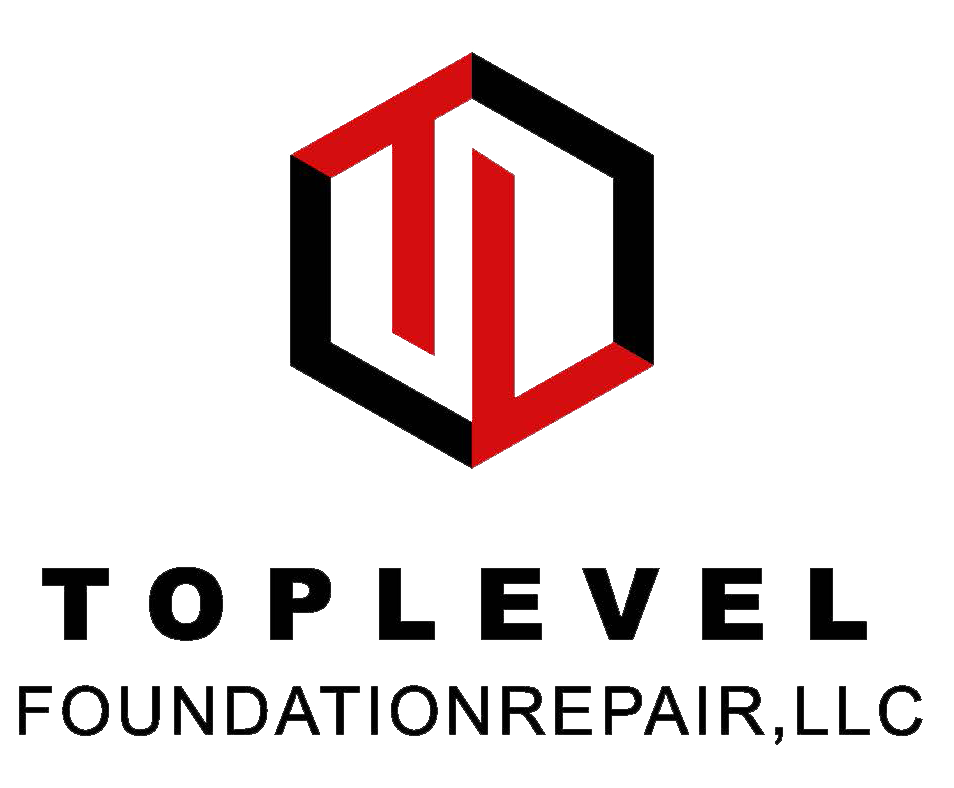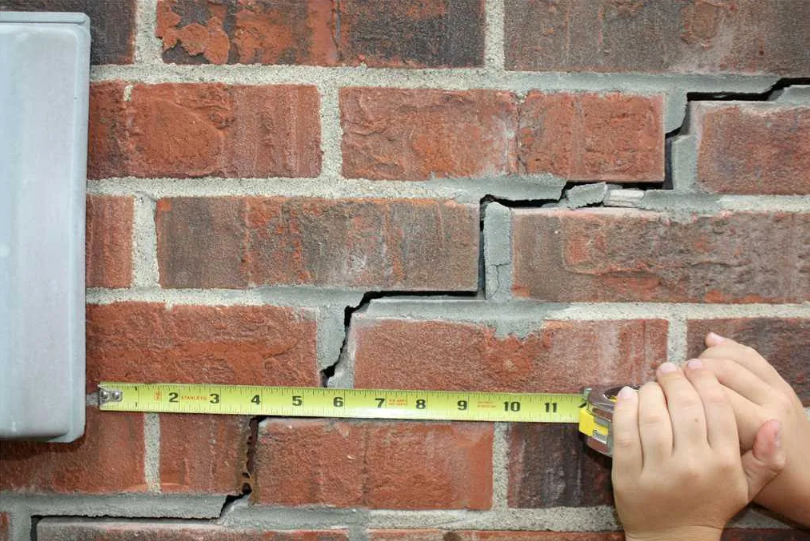How To Fix Foundation Problems Yourself
Many homeowners are unaware that it is possible to quickly prevent foundation damage. Apply the appropriate repair technique to swiftly address various types of damage. You can prevent foundation heaving problems and save money in the long run by carrying out a few simple maintenance tasks, like routinely inspecting the foundation and the soil surrounding it, taking care of drainage issues as soon as you notice them, keeping the soil around your foundation sufficiently moist during dry spells, hiring professionals to do routine plumbing inspections to prevent leaks, and installing root barrier systems around trees and shrubs that are growing too close to your home.
Comprehending Foundation Issues
Every homeowner fears the idea of having foundation issues. If these problems are not addressed, they may result in expensive repairs and major structural damage. So which foundation repair technique is the best?
What Causes Foundation Damage?
The following are a few of the primary causes of foundation damage:
Insufficient Drainage
Major harm can result from water collecting near the foundation of your home. This usually occurs when there are no gutters on the roof to direct water away from the foundation or when the garden landscaping is level and prevents drainage.
Poor Construction
You may run into foundation problems in a house if the foundation was poorly installed in the first place. Homes without surrounding soil compaction are more likely to experience this. This implies that as the soil shifts, the foundation will contract.
Plumbing Issues
Water accumulation at the base of the foundation may result from leaks caused by poor plumbing. Rot and other long-term harm might result from this.
Poor Soil Stabilization
Your home’s foundation may be impacted if it is built on unstable ground. The efficiency of soil is particularly influenced by its moisture content, particularly because dry weather causes the soil to constrict like a sponge. The foundation of your house may be stressed by this variation.
Selecting The Appropriate Foundation Repair Technique
There is no one-size-fits-all approach to foundation rehabilitation. There are several foundation repair techniques, each designed to handle certain problems. The appropriate approach may make all the difference when dealing with expanding soil conditions, foundation sinking, or foundation fissures.
Common Method To Repair Foundation
Most homeowners learn about these easy preventive steps only after they have foundation issues.
Concrete Pressed Pilings
Contractors all across the nation utilize concrete pilings since they are among the best techniques for repairing foundations. The idea is straightforward. Large concrete cylinders will be inserted into deep holes your contractor digs at the side of your house. Your foundation will remain stable and unwavering with the aid of these cylinders.
Concrete Piers
Another popular method of fixing foundations is the use of concrete piers. Under the foundation, large holes are bored, much like with concrete pilings. Concrete that is liquid is then poured into these holes. The structure will be lifted and stabilized by your construction crew when the concrete piers have dried completely.
Steel Piers
For a long time, steel piers were considered the best option for repairing foundations. A hydraulic jack that is placed in stable soil and dug beneath the foundation is connected to the steel piers. The home may then be raised back into place using the same hydraulic jacks.
Polyurethane Foam Jacking
For houses in need of a little boost, this strategy is an excellent choice. In situations when the soil structure has become unstable, it is usually utilized to fill in cavities. Before using an injection gun to inject the polyurethane foam into the concrete slab, your foundation contractor will drill tiny holes in it. Then, the substance will swell to fill up any spaces.d
Slab Jacking
One method of repairing a concrete foundation is slab jacking, also referred to as mud jacking. It fills up any gaps, much like polyurethane foam jacking does. Since it fills in any spaces left by loose soil or cracked foundation, it functions similarly to polyurethane foam jacking.
The concrete slab foundation will have many holes drilled into it by your foundation repair specialist. After that, a mixture of solid solids and water will be poured into the holes. You can proceed after plugging the holes.
Whether to do it yourself or not
The main conclusion is that you will want expert assistance if your home’s perimeter walls—inside or outside—show indications of foundation failure. You may be able to handle the settlement symptoms on the inner walls of your house if it was constructed on a crawl space. However, keep in mind that the majority of expert estimates are free before moving further.

